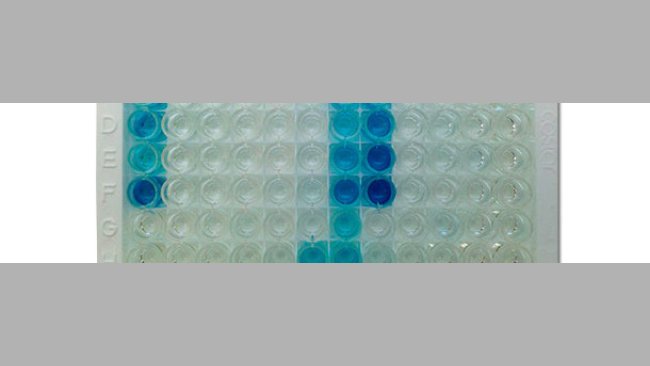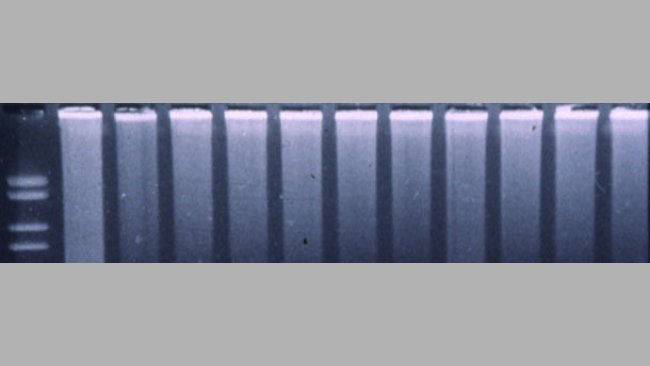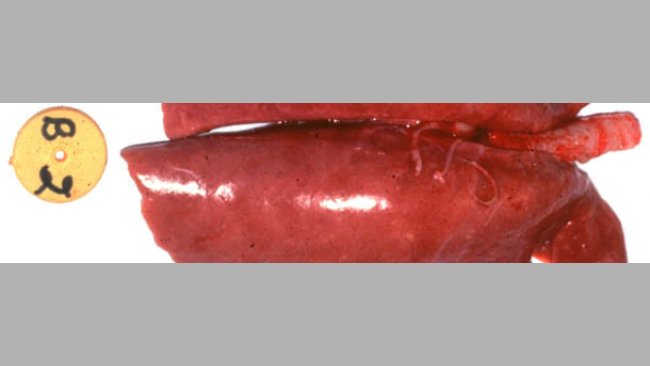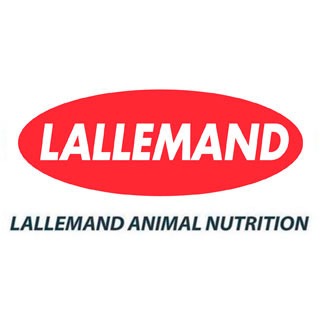
Serological diagnosis of PRRS
A definitive diagnostic evaluation of PRRS with respect to clinical disease requires that serological information be interpreted in combination with results from other virus assays.
The pig sector events all around the world
Weekly newsletter with all the pig333.com updates
Swine industry news in your email
Pig health: news and articles on PRRS, PCV2, biosecurity, etc, Pig disease guide, atlas of pathology, clinical cases…
Biocheck.UGent is an independent, risk-based, scientific scoring system for assessing the quality of your on-farm biosecurity.
A visual and practical step-by-step guide on how to perform a necropsy on a pig.
All the information about ASF: how to recognize the disease, how it is transmitted, pictures of lesions, latest news, guides, etc.
Description of the most important diseases and conditions in pigs
Images of major swine diseases
Pig disease diagnostic tool
Definition for the most commonly used pig terms
Simulator that calculates the amount of drug to add to the water when using a flow dispenser.
Weekly newsletter with all the pig333.com updates
Pig Prices by countries. Pork production and trade. News of the pig market and the raw materials
The latest slaughter pig prices in the most important pig markets. Check the evolution of the historical prices in charts and in several currencies.
Latest quotations for the main commodities used in pig feed. Historical graphs with the pig price and estimated feed price.
Figures & trends in pig numbers, pork production and pork trade.
Global production and trade data for the most important raw materials
Weekly newsletter with all the pig333.com updates
Articles on nutrition and pig feeding, characteristics of raw materials and additives for pig feed. Prices of raw materials
Latest quotations for the main commodities used in pig feed. Historical graphs with the pig price and estimated feed price.
Technical sheets of the main raw materials and additives used in swine feed. They include a comparison of nutritional values from various sources, product
Global production and trade data for the most important raw materials
Definition for the most commonly used pig terms
Use this tool to diagnose problems with the feed conversion ratio. Click on the flowchart or on the buttons within the text to navigate through the different parts of the tool.
A biweekly newsletter with the latest developments in swine nutrition
Articles on genetics and pig reproduction: genetic improvement, genomics, artificial insemination, use of hormones
Compare production data, calculate the number of sow, nursery, and finishing spaces, and visualize your tasks on the work schedule by type of BMS.
Tool that allows you to calculate the replacement rate in your farm
Definition for the most commonly used pig terms
Use this tool to find out why your farrowing rate is less than ideal. Click on the flowchart or on the buttons found within the text to navigate through the different parts of the tool.
Weekly newsletter with all the pig333.com updates
Management, pig farm management, work planning in each production stage: management in gestation, grow finish, batch farrowing
Compare production data, calculate the number of sow, nursery, and finishing spaces, and visualize your tasks on the work schedule by type of BMS.
Tool that allows you to calculate the replacement rate in your farm
Definition for the most commonly used pig terms
Weekly newsletter with all the pig333.com updates
Design of facilities and equipment for pig farms: building design, climate control, feeding systems, etc.
Biocheck.UGent is an independent, risk-based, scientific scoring system for assessing the quality of your on-farm biosecurity.
Environmental Footprint Calculator along the pork value chain.
Definition for the most commonly used pig terms
Simulator that calculates the amount of drug to add to the water when using a flow dispenser.
Use this tool to explore which slurry management strategy best fits your situation. Click on the flow chart or on the buttons within the text to navigate through the different parts of the tool.
Weekly newsletter with all the pig333.com updates
What makes us stand out is the quality and independence of our contents. Find out about the authors who make it possible. Our goal is to generate a virtual community of advanced users in the sector.

Dr. Kyoungjin Yoon is a Professor in the College of Veterinary Medicine at Iowa State University and is a ACVM board certified veterinary virologist. Prof. Yoon received his veterinary training (DVM, 1985) and master degree (1987) in Preventive Veterinary Medicine from Seoul National University in Korea and earned PhD (1995) in Veterinary Microbiology at Iowa State Unviersity. Since 1995, he has been on the faculty at the veterinary college of Iowa State University and has also been serving the Veterinary Diagnostic Laboratory as Section Leader of Virology and Molecular Microbiology. Prof. Yoon is also academically affiliated with the University of Nebraska in Lincoln, Nebraska (Adjunct Professor) and Qingdao Agricultural University in China (Guest Professor). Besides academic affiliations, he has served on editorial board for numerous journals and is currently Virology Scientific Editor for the Journal of Veterinary Diagnostic Investigation and an Academic Editor for PLoS One.
Prof. Yoon’s research interests focus on viral infections of livestock, particularly swine and bovine, related to the pathogenesis, diagnostics, and prevention and control including disease ecology. As he is affiliated with the ISU Veterinary Diagnostic Laboratory, research in his laboratory frequently uses case materials and questions raised by veterinarians and producers. Currently Prof. Yoon’s laboratory has numerous active research projects on porcine reproductive and respiratory syndrome (PRRS) virus, influenza viruses, porcine rotaviruses, porcine epidemic diarrhea (PED) virus, and paramyxoviruses. All of these research projects have a good combination of in-vitro, ex-vivo and in-vivo studies. To date, Prof. Yoon has published more than 130 refereed publications and has authored 18 book chapters including editing 3 books or monographs. He has authored or co-authors more than 400 conference proceedings and abstracts for national and international conferences, congresses and symposia. He has made more than 180 invited speaker presentations. A most recent example of invited presentations is keynote speech on PED at 2014 IPVS Congress in Cancun, Mexico.
Updated CV 13-Jan-2015

A definitive diagnostic evaluation of PRRS with respect to clinical disease requires that serological information be interpreted in combination with results from other virus assays.

PCR is expensive relative to other diagnostic methods.It should be kept in mind that a positive result on PCR indicates the presence of viral RNA and does not necessarily indicate the presence of infectious PRRSV.

Any tentative clinical diagnosis then should be confirmed by detection of PRRSV (infectious virus, viral antigens and/or viral genomic material) in affected pigs using laboratory methods in conjunction with typical lesions.
Welcome to 333
Connect, share, and interact with the largest community of professionals in the swine industry.
Celebrating 169090Users on 333!
Sign upAlready a member?





